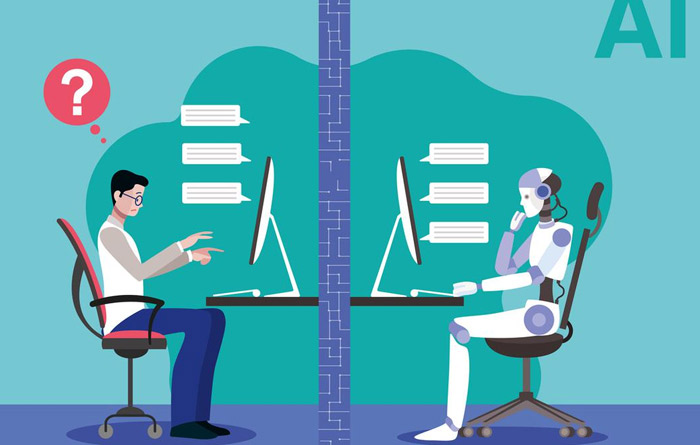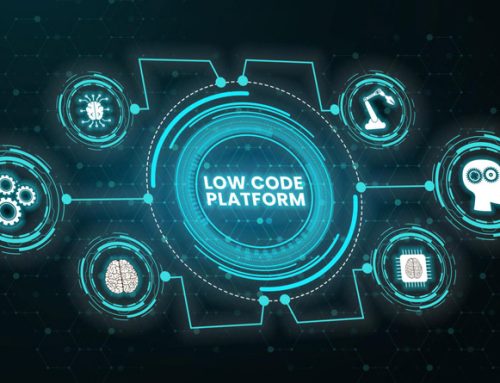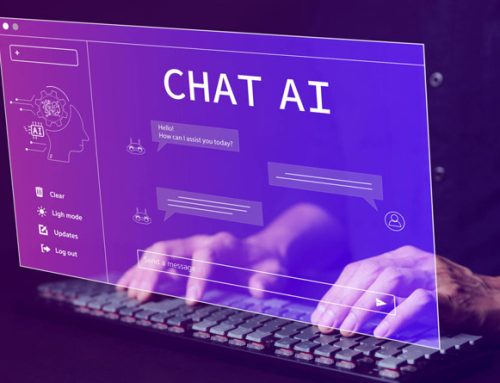Introduction
As the software development landscape evolves, testing plays an increasingly critical role in ensuring the quality and reliability of products. Test leadership, in particular, is at the forefront of driving successful testing initiatives. Moreover, with the advent of Artificial Intelligence (AI) and Machine Learning (ML) technologies, testing processes are undergoing revolutionary transformations. This article explores the significance of test leadership and delves into the integration of AI and ML in testing, shedding light on their potential benefits and challenges.
The Essence of Test Leadership
Test leadership is the backbone of a robust testing strategy. It encompasses a set of managerial skills and technical expertise required to guide testing teams effectively. Test leaders must demonstrate strong communication, problem-solving, and decision-making abilities to align testing goals with business objectives. They oversee the creation and execution of test plans, ensuring comprehensive coverage of requirements. Furthermore, test leaders must maintain a conducive work environment that fosters collaboration and innovation among team members.
The Growing Influence of AI and ML in Testing
AI and ML have revolutionized various industries, and software testing is no exception. These technologies bring automation, intelligence, and efficiency to testing processes, enabling organizations to accelerate their testing efforts while enhancing accuracy and effectiveness.
Test Automation:
AI and ML-powered testing tools can automate repetitive and mundane testing tasks. Test leaders can leverage this automation to optimize resource utilization and reduce the time-to-market for software products. Automated testing also allows for continuous testing in agile and DevOps environments.
Intelligent Test Case Generation:
AI and ML algorithms can analyze vast amounts of data and identify patterns to generate intelligent test cases automatically. This ensures comprehensive test coverage, even in complex systems, increasing the chances of
detecting critical defects.
Predictive Analytics:
AI-driven predictive analytics can help test leaders make data-driven decisions. By analyzing historical test data and project metrics, AI can forecast potential risks, identify bottlenecks, and suggest improvements for better testing outcomes.
Defect Prediction and Prevention:
ML models can predict potential defects by learning from historical defect data and identifying patterns leading to software failures. Test leaders can use this information to proactively address potential issues and prevent defects before they occur.
Performance Testing and Scalability:
AI and ML can simulate real-world user behavior, enabling test leaders to conduct performance testing under various conditions and predict system scalability accurately.
Challenges in Implementing AI and ML in Testing
While the integration of AI and ML holds enormous potential, it also presents some challenges that test leaders must navigate:
Skillset Requirements:
Adopting AI and ML in testing requires skilled resources who understand both testing principles and these advanced technologies. Test leaders may need to invest in upskilling their teams or recruiting new talent to effectively leverage AI and ML.
Data Quality and Privacy:
AI and ML models depend on high-quality data for accurate predictions. Ensuring data privacy and security while collecting and utilizing sensitive testing data is essential.
Interpretability:
Some AI and ML algorithms are complex and challenging to interpret. Test leaders must be cautious about using black-box models where understanding the decision-making process is difficult.
Initial Costs:
Implementing AI and ML in testing may have significant initial costs, including tool selection, infrastructure setup, and training. However, the long-term benefits usually outweigh these costs.






